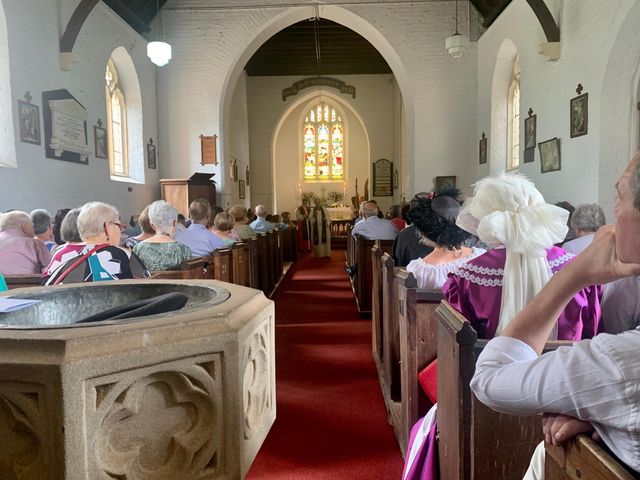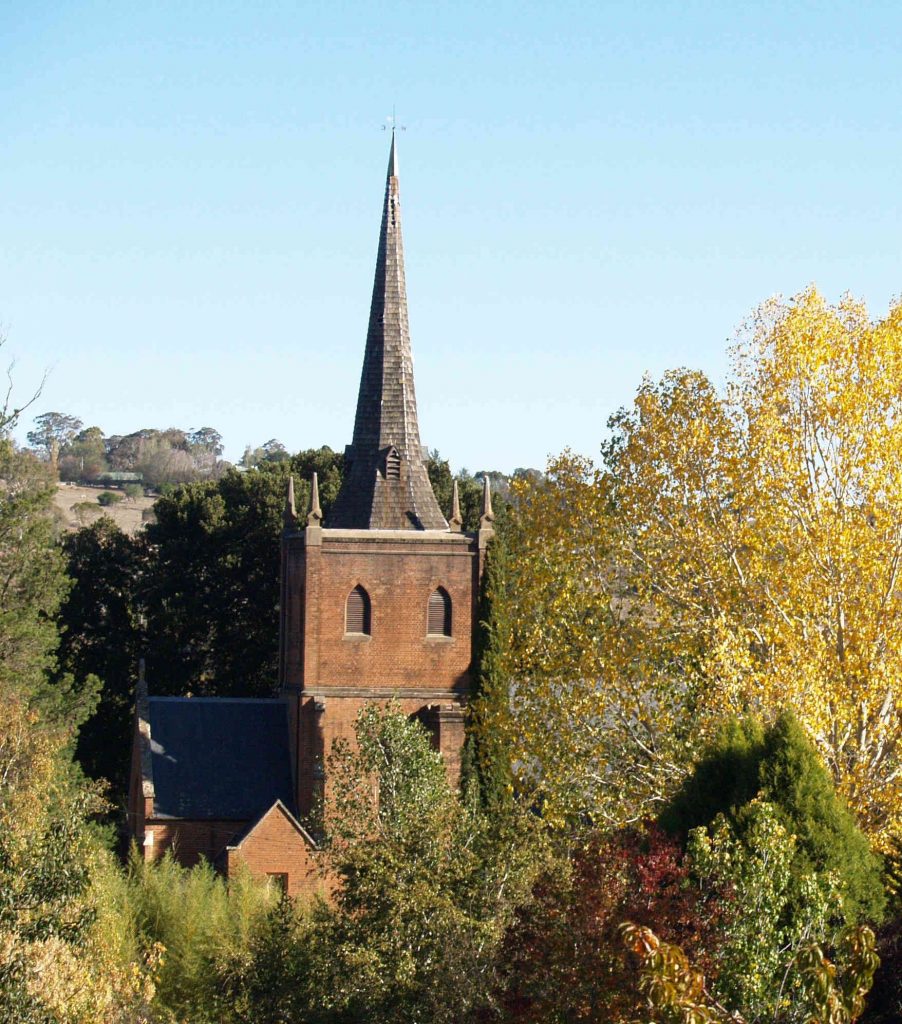Foundation for Rural & Regional Renewal (FRRR)
The Fremantle Foundation was established in 2010, and seeks to create a thriving community through local giving and to address critical community needs by providing inspiring ways for people to give. They partnered with FRRR in 2020 through a Community Foundation Account, allowing them to support a wider range of community organisations conducting charitable activities in rural and regional WA, particularly those without their own DGR status – which is the majority of community organisations in regional and remote areas.
In FY23, for the second year in a row, the Foundation distributed grants exceeding $1 million across 62 grants, creating impact in the local Fremantle community, the broader metropolitan area, regional and remote WA, as well as in other parts of Australia.
While most of their donors focus on metropolitan areas, the FRRR Community Foundation Account specifically allows the Fremantle Foundation to support more projects in regional communities.
For example, the Northhampton community, located around five hours north of Fremantle, was badly affected by Cyclone Seroja in April 2021. A group of ex and current AFL footballers, all from around Northampton, set up a fund with Fremantle Foundation to support rebuilding in the township and the surrounding region.
Two projects that have been completed to date include the refurbishment of the Olgilvie Hall and construction of a remembrance garden at St Mary’s School. The garden includes new paving, bench seating and a selection of plants, including the much-loved rose garden. In addition, signage has been installed for visitors to gather and learn about the parish and impact of Cyclone Seroja.
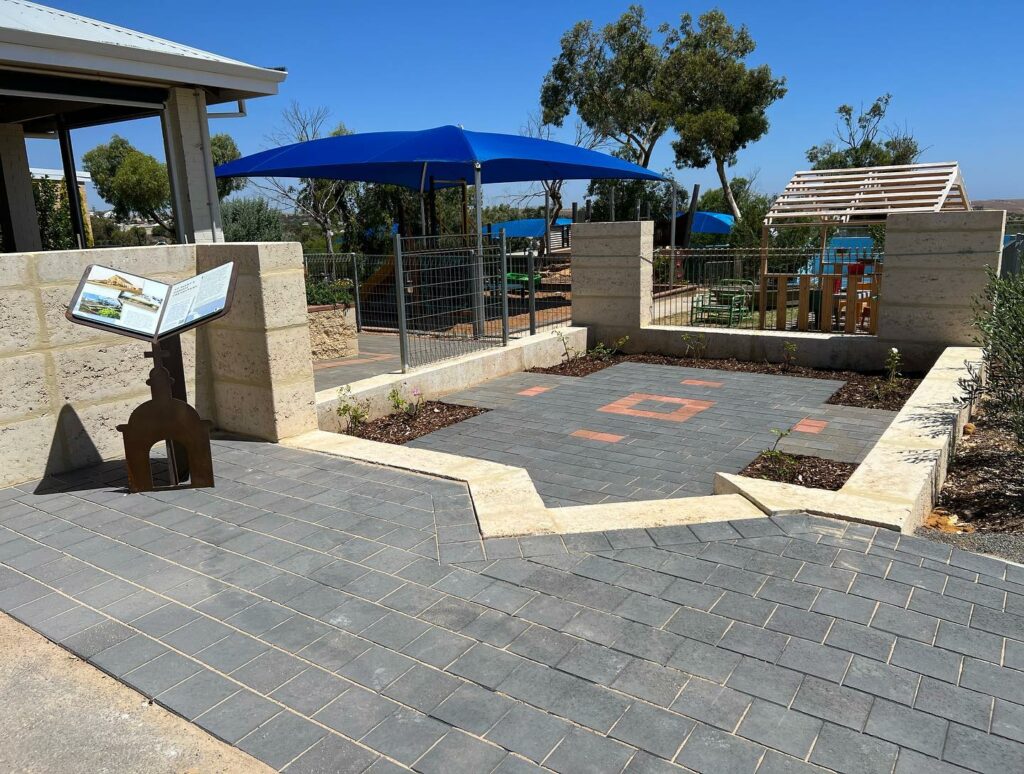
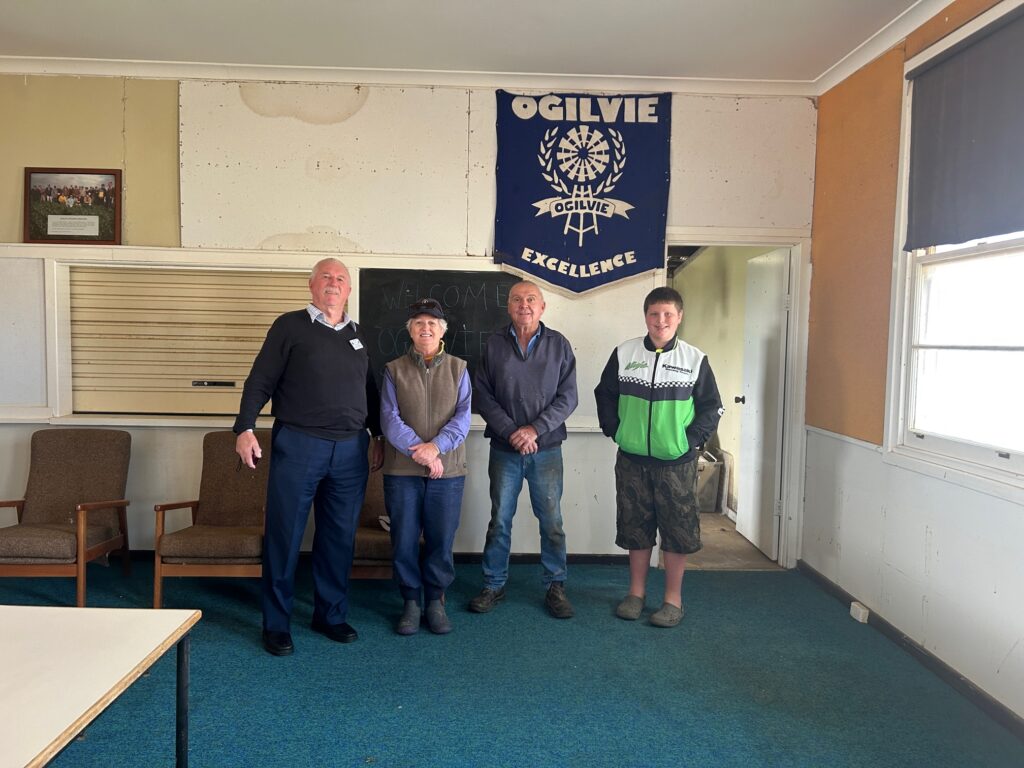
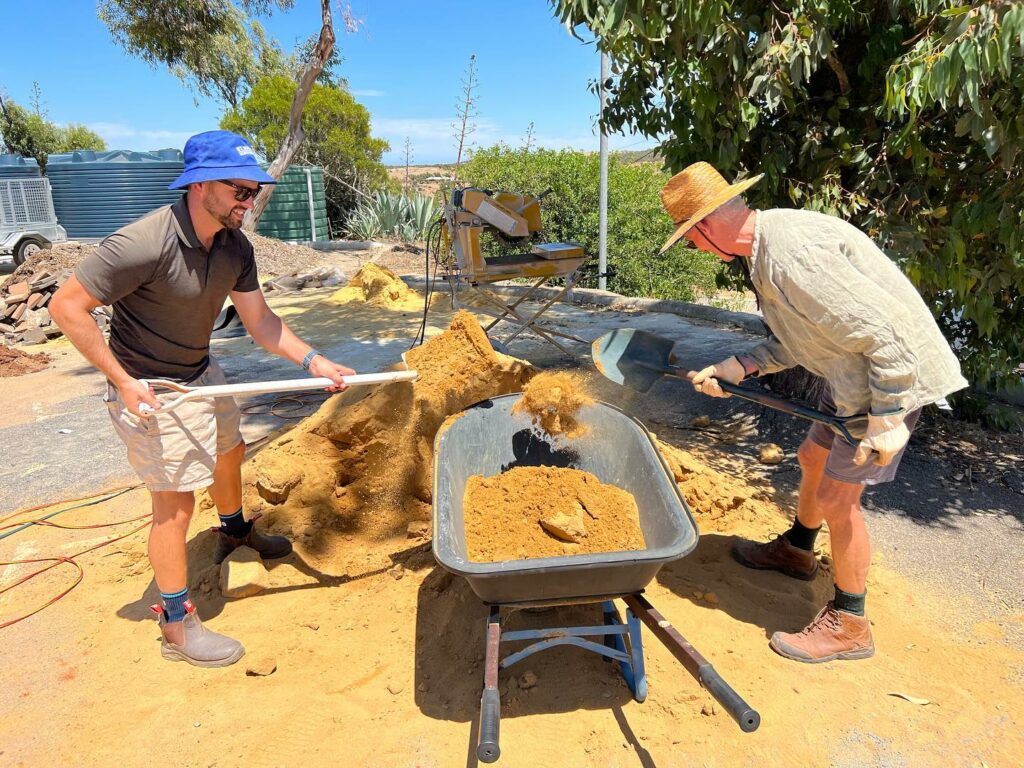
The Fremantle Foundation is also using their FRRR Community Foundation Account to ensure donated funds support the launch of the Peel Community Fund.The Fund was established in 2019 by members of the Peel community, with the aim of creating their own Community Foundation in the region. Thanks to their FRRR Account, Fremantle Foundation was able to award them a grant to support the development of critical infrastructure, including a website, communication and marketing plan, marketing materials, operational structure, committee governance and membership / giving structures.
In another example of their ability to inspire local giving, The Esperance Ag Fund was established in 2021 by the local agricultural sector in partnership with Fremantle Foundation, with the sole purpose of making a difference within the Esperance community. Collectively, the farming community, which is about 700 km from Fremantle, provides support to the wider Esperance region by funding projects that make a positive impact. They’ve recently awarded a grant to the Recherche Aged Welfare Committee for the installation of a reticulation system at the Alchera Aged Care Housing property.
Pauline Eves from Fremantle Foundation said they are most grateful for the assistance provided by FRRR to enable grants like these to happen.
By Jill Karena, Place Portfolio Lead
Philanthropy invests significantly in communities by making grants right across Australia. In FRRR’s case, we are focused on supporting remote, rural and regional communities, especially grassroots organisations that often can’t access traditional philanthropy. However, there is no one-size-fits-all solution, which is why we offer a range of programs – some where we work deeply over multiple years through place-based initiatives to build the capacity of a group of local not for profits, and others where we work broadly through our small grants programs – offering up to $25,000, although most are around $10,000.
These small grants programs are our most in-demand which are well suited to co-funding approaches that enable collective contributions to achieve more together and create leverage for funders and communities. While not always ‘sexy’, the needs met through these grants address areas of disadvantage and basic quality of life in communities with little visibility to funders and policymakers. They range from upgrading toilets and kitchens, which improves accessibility of community facilities, to installing air-conditioners to manage climate extremes, and seed funding new ideas to stimulate new approaches to volunteering, health services, and disaster preparedness. Moreover, their value goes far beyond the dollars themselves. From more than 20 years of experience, we can safely say that in the case of many grassroots community groups, small is good.
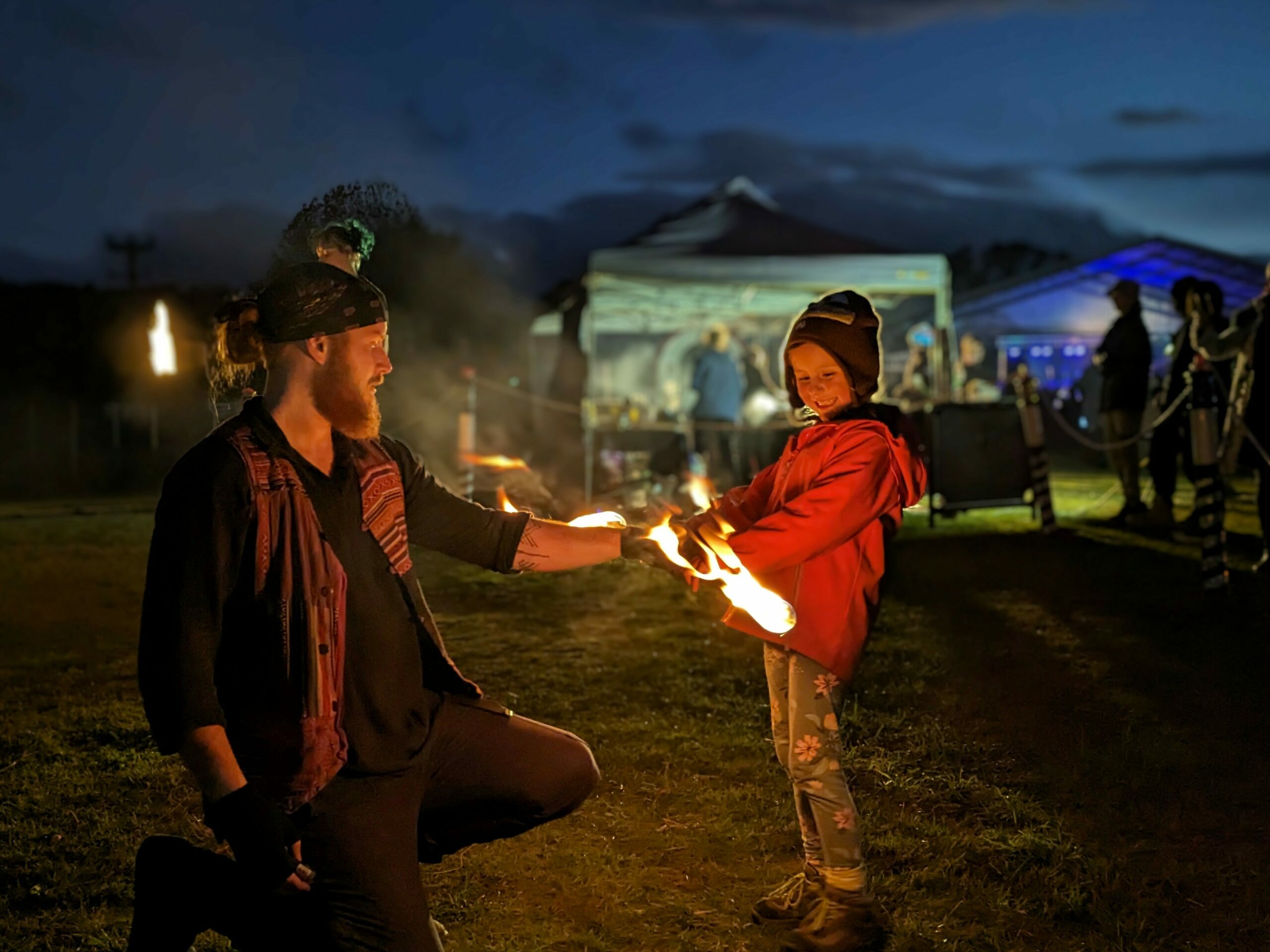
Small grants, big impact
By their very nature, small grants are simpler to navigate and have lower barriers to entry, making them more appealing to a wider range of organisations. Some grant programs, like FRRR’s Strengthening Rural Communities, also offer expert support by phone or email, making the process even easier.
Small grants can be the straightforward and friendly ‘front door’ through which grassroots organisations can step to build their capability, connect their community and navigate and drive change. In fact, for many communities experiencing disadvantage, small grants are one of the few ways that they can get the resources and opportunities to launch new ideas or approaches in their communities. And they deliver far more than just money.
Dipping a toe in, learning as they go
For communities that have not applied for funding before, small grants build their experience and confidence in developing project ideas, applying for funding, project management, budgeting and meeting reporting requirements. In the last 12 months, more than a third of Strengthening Rural Communities grant applicants (503 organisations) were first time applicants. Even if they aren’t successful the first time around, constructive feedback, such as the detailed information we always offer to unsuccessful applicants, can give them the confidence to apply again.
Biting off just what they can chew
Many communities are great at developing a long-term vision for their community that might focus on local services, economic development, environmental sustainability or climate change adaption but much as they’d like to do so, it’s simply not possible to achieve everything at once. Small grants enable a community to tackle making those big changes one project at a time. This supports them to make incremental progress against their long-term goals, while the lower scrutiny and risk associated with a small amount of funding can be less anxiety-inducing for organisations who are new to grant seeking.
Attracting more funding
Securing their first small grant is a pivotal moment for an organisation. It’s not just about funding support – it is also a recognition of the value of an organisation’s work and its ability to contribute to their community’s future. Once they’ve been successful, it’s often a catalyst for aiming higher and developing self-belief and self-reliance to create positive change in their community.
Demonstrating that they can successfully manage their first small grant and deliver tangible results builds an organisation’s credibility and can help open the door to securing larger grants to scale-up their project or take on a more ambitious idea. Often, it’s also the vote of confidence that other donors need to see to also come in and support the group’s work.
Getting to work sooner
Small grants usually have shorter application and approval timelines and offer more flexibility to enable communities to tailor projects to meet local priorities and needs, or quickly respond to unexpected disasters and other shocks. Smaller grants also usually come with fewer restrictions and reporting requirements compared to larger grants, which can often make it easier to negotiate with the funder to adapt their project if conditions change.
Finding and piloting local solutions
The flexibility of small grants also encourages communities to experiment with local problem solving, potentially sparking new approaches that are scalable or portable to other communities. Often small grants are seed funding to pilot locally generated or adopted ideas that are not of interest to larger grant programs. Using small grant funding to demonstrate the viability of a community idea can generate the evidence needed to secure larger grants or other support to bring the idea to reality.
“Thank you so much for providing the funds for this grant. This renovation has given Council initiative to support the Toy Library by maintaining the building so we can provide an inviting space and nurturing space for the community. The Toy Library has had many, many years of dedication by passionate volunteers to support and nurture the children of Tamworth and I think it deserves it!
When I started as president the library looked awful and didn’t reflect the commitment, love and pride that our small but dedicated group deserved. Now I feel like our space reflects our organisation. An important community organisation that cares and values the children, parents and carers of Tamworth and feels that learning through play is core to a child’s life and development! Another positive change is that the renovations have been a catalyst for council to complete much needed (and much requested) maintenance on the building by fixing gutters, replacing doors and cracked tiles and replacing the old sink and toilet.”
Tamworth Toy Library Incorporated
Connecting the Community

Small grants also offer a reason for different groups in the community to work together to develop and deliver projects that are meaningful and manageable. When community members, other community organisations and Local Government see the results from a small grant project that makes their community better, it is a great morale booster, and they are more likely to be motivated to get involved in future community initiatives.
“The event’s success lies in its ability to bring the community together, boost the local economy, and celebrate cultural heritage. The event provided a platform for residents to come together after the floods, share their experiences, and rebuild social connections. Through artistic workshops, events, and exhibitions, community members bonded over shared creative experiences, fostering unity and a sense of belonging.”
Arts Deloraine – festival / youth workshops (flood recovery)
Building local capacity
It’s not just the mere fact of offering smaller-value grants that makes an impact. It’s what those grants fund that also helps to build local capacity, especially in small communities or where a new group has formed. For example, many of the grants FRRR funds are about helping groups build their own capacity – whether that’s the likes of governance training or strategic planning support.
“The grant received for strategic planning has paid for itself many times over. We had members who had ideas in their head but didn’t know how to plan or implement them. Since receiving the grant, we’ve been able to increase attendance of our market to over 5000 visitors in November 2021! We’ve also been able to provide free stalls to local community groups to increase their outreach. This also has a flow on effect to small businesses in the town. The pub is booked out for lunch, little local businesses thrive due to the amazing success of the market.”
Rotary Club of Kinglake Ranges
Bigger is not always better

Often, we hear suggestions that larger grants are better – but the reality is that many of the most deserving groups in the smallest and most remote locations simply will not – or indeed simply are not able to – apply for many of those grant opportunities.
While it’s great to see larger grants made available to communities, especially through Government programs, it is critical that we not lose sight of how important small grants are in strengthening capability and capacity in remote, rural and regional communities. Small communities, as you might guess, are, well… small! This can make it hard to compete with larger communities, especially when it comes to demonstrating measures of impact which funders often ask for – small communities can’t point to economies of scale or large numbers of beneficiaries.
With fewer people to draw on, volunteers are often stretched and there are less likely to be paid resources or an experienced grant writer to chase high-value grants or manage large-scale projects. Groups often won’t apply because they don’t have the capacity to meet the reporting requirements or to manage the other governance expectations, such as the frequency of reporting or detailed probity plans. Even the prospect of managing large sums of money can be scary for a first-time grant applicant and some small communities can find it simply overwhelming!
What makes small grants so impactful in rural and remote Australia is their flexibility and relative simplicity, which means they’re more accessible and attractive to those communities that don’t have the resources to wrestle with the complexities of large grants. So we urge all those who are working so hard to grow the funds that are directed via the social sector to make sure that small grants continue to be a key stream of funding. If you’re funding large grants, consider coupling that with some smaller grant funding as well – they may well become organisations you’re able to fund in the future. Or, if you’re funding with a very tight focus, consider how small grants with more flexibility may bring unexpected pathways to that impact. Of course, we always welcome more partners for our collaboratively-funded Strengthening Rural Communities program, so get in touch if you’d like to know more.
Earlier this year FRRR received an application to establish a Fundraising Account for St Paul’s Carcoar Community Facility Ltd (CCF), as they had an urgent need to leverage our DGR 1 special tax status. They had been given just 90 days to raise $450,000 to purchase their local Anglican Church for use as a community facility.
They achieved that goal with just five days to spare, incredibly around $390,000 of that was raised in the preceding two weeks!
Almost all of the funds were channelled via their FRRR Not-for-Profit Fundraising Account, which allowed them to offer tax deductibility to secure the pledges of their donors, so they didn’t lose the option to purchase.
George King, one of the directors of the community association, was quoted in the local Blayney Chronicle explaining how many people thought it was an impossible task to raise so much money in such a short space of time.
“A united community, the incredible generosity of a lot of people and the love of a small village made it all happen ahead of schedule and above budget.”
Carcoar is an historic town, being the third oldest town in NSW west of the Blue Mountains. It has a small community of 300 residents and has recently joined something of a revival, with a medical practice opening and the hotel reopening on a full-time basis. It has a strong community spirit, but it lacked an accessible venue for community groups to meet.
The purchase of the church means there will now be a place to host various community gatherings, association, and group meetings, and even the odd wedding, baptism or funeral, all of which attract people into the town. As a community facility, it will be open to any religious domination or to people with no religious beliefs.
The CCF committee is now seeking to raise $100,000 to pay for an accessible toilet and canteen, which will allow them to hold community functions. So far, they’ve raised $635,506 through the FRRR account.
If you would like to support the renovation of the Carcoar community church, you can do so securely online, or by completing this donation form.
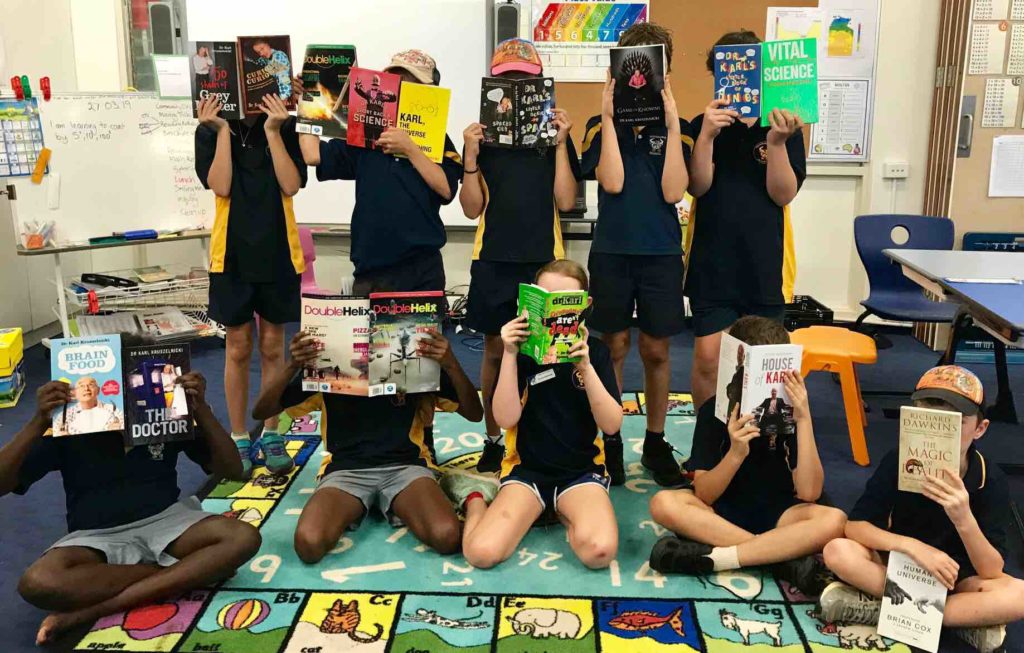
Did you know that some schools in remote Australian communities might have as few as 15 books in their library?
That discovery in 2017 prompted Corey Tutt to start sourcing and supplying resources himself, initially from his personal library. DeadlyScience Limited was established in 2020, and is now a registered charity. Through DeadlyScience, Corey is seeking to inspire a new generation of scientists.
It focuses on providing Science, Technology, Engineering, and Mathematics (STEM) and early learning reading resources to remote Australian schools to help increase engagement.
The initial priority is schools with a high proportion of Indigenous children. Where possible, and appropriate, DeadlyScience sources materials from Indigenous authors, artists, and translated versions in Indigenous languages. In the three and a bit years since inception, DeadlyScience has had more than 110 schools requesting resources.
They have delivered more than 16,000 books, 500 telescopes (and basic science kits), 80 educational resources and six greenhouses (plus seeds, and educational materials to support food production projects) to more than 100 Australian schools and/or communities.
This growth looks set to continue as the organisation gains more momentum and profile. Another key activity involves maintaining a website to support teachers in remote schools with access to high quality scientific research and relevant experts in their fields (also of Indigenous background, where possible).

In 2020, DeadlyScience partnered with FRRR to set up a Not-for-Profit Fundraising Account, allowing them to attract tax deductible contributions from a broad range of donors to expand their activities and support the overall capacity and operations.
You can add your support by donate securely online, or check out the DeadlyScience website to learn more about their work.
To learn more about opening a Not-For-Profit fundraising account, get in touch with Jo Kemp.

